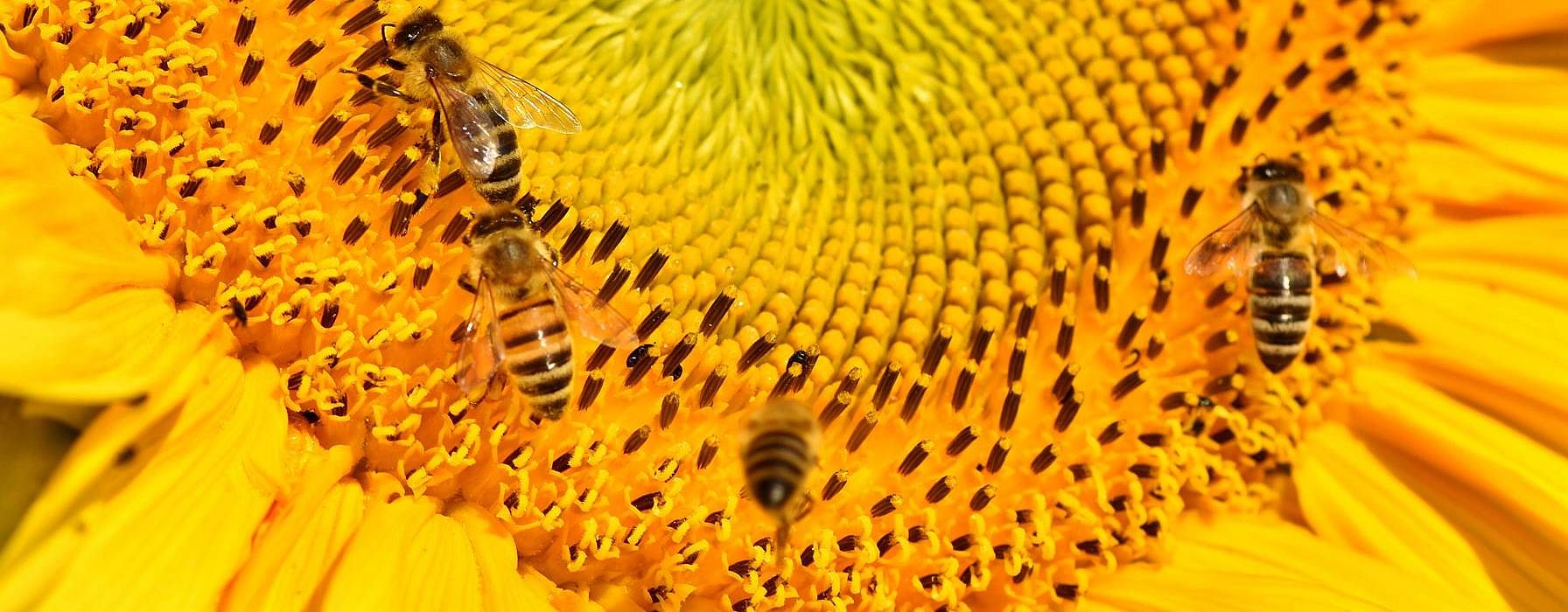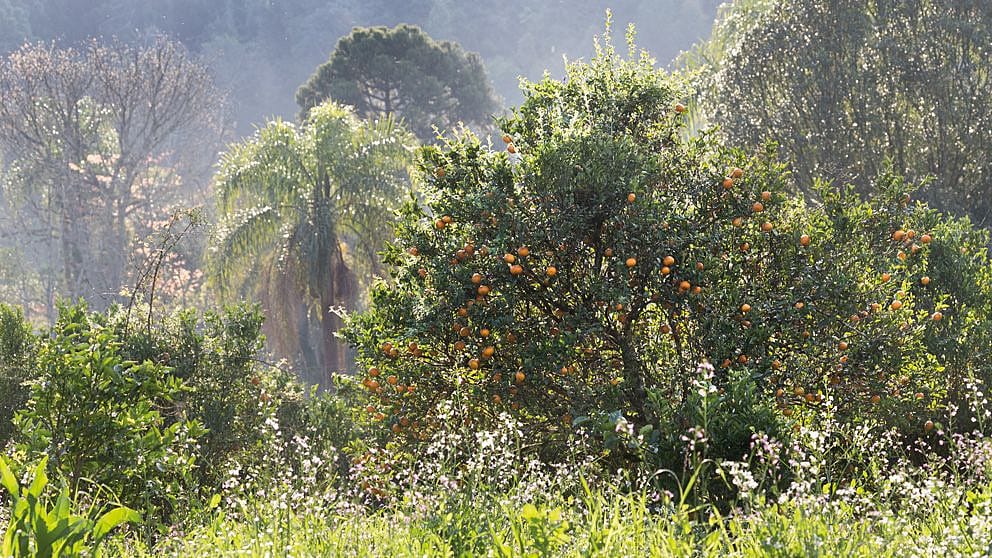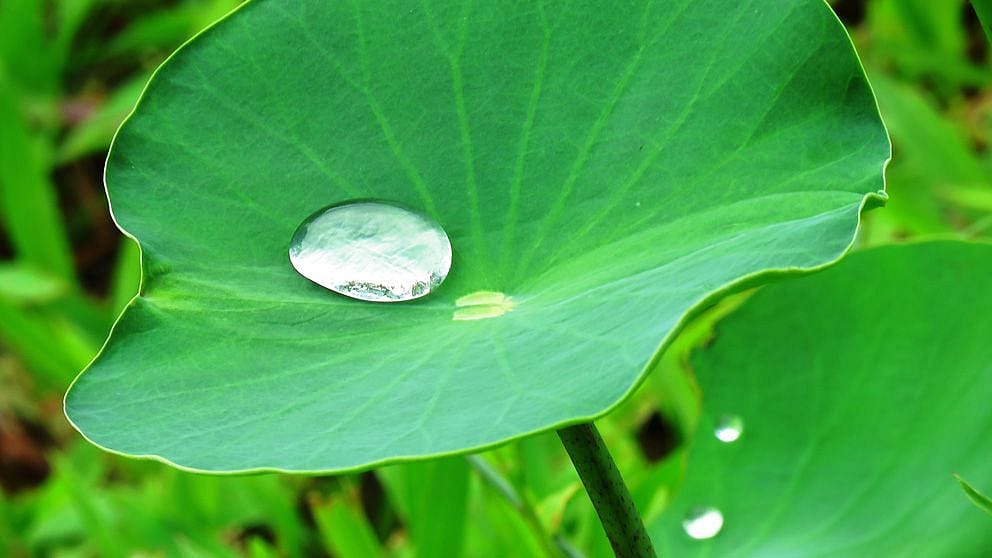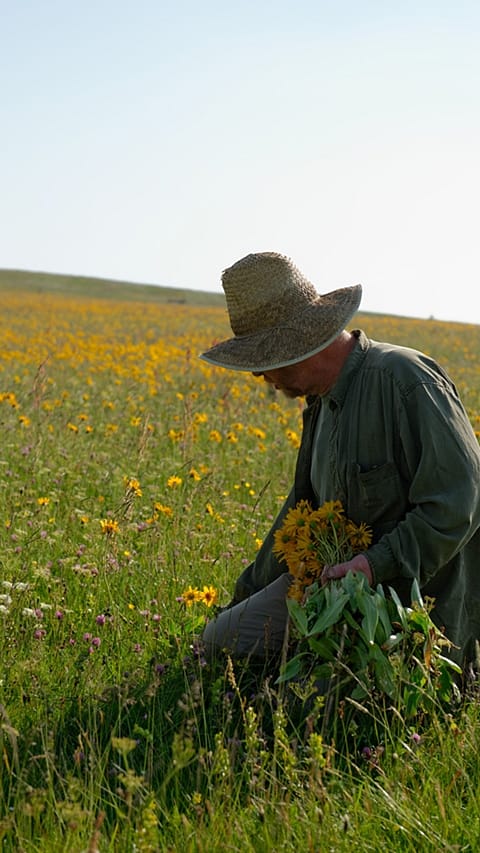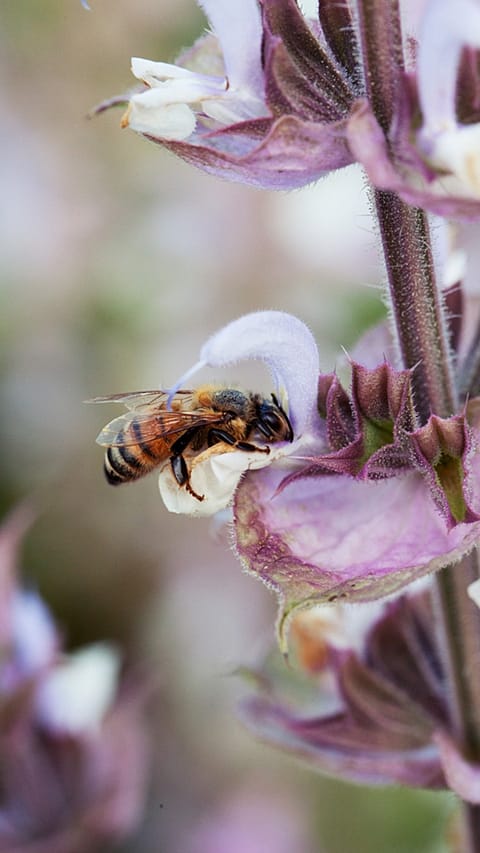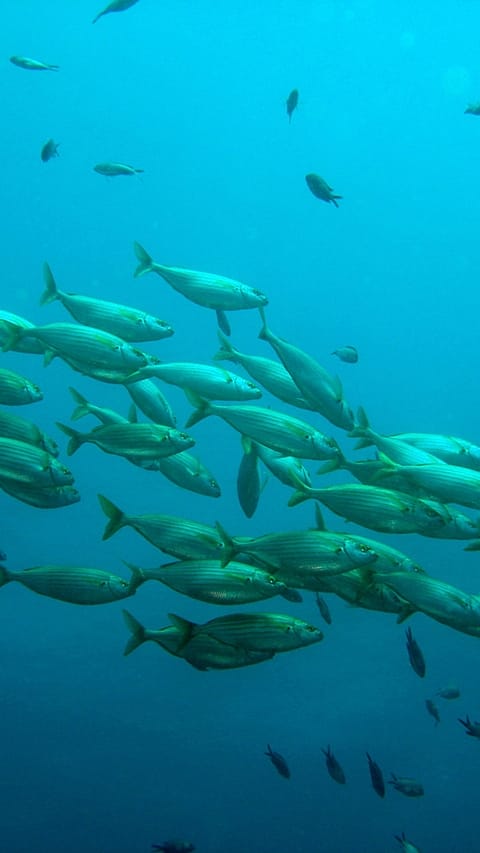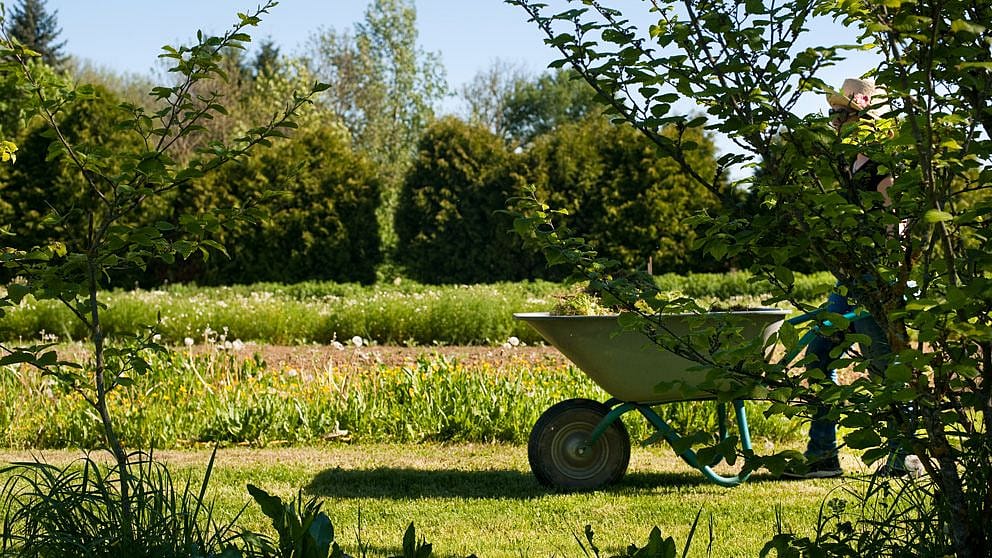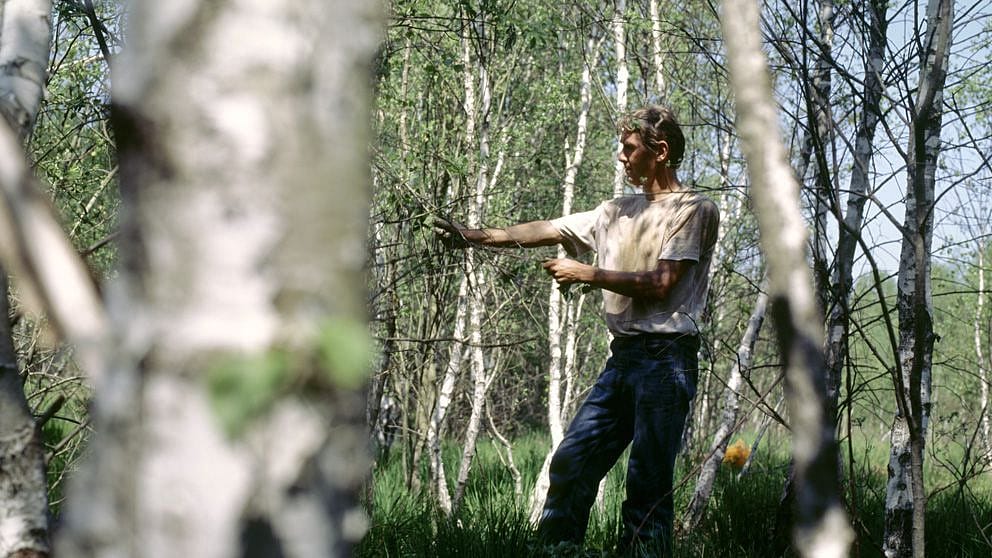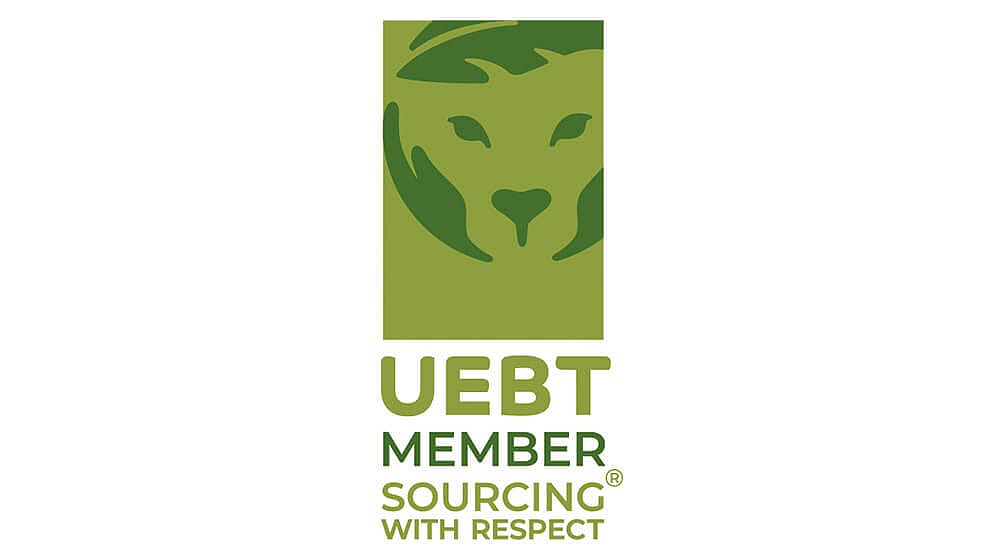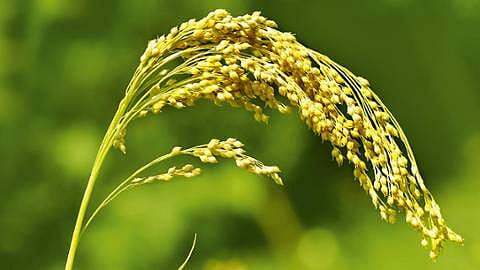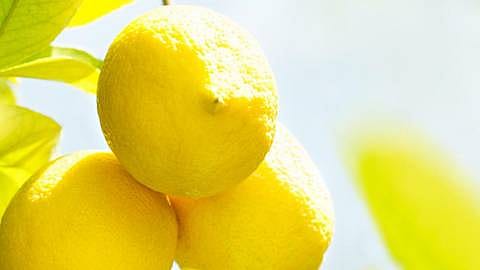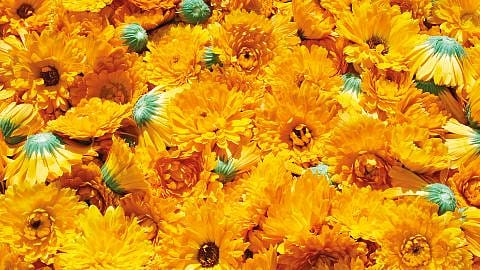Around 56,000 different plant species can be found in Brazil.
Biodiversity in a nutshell
Biodiversity is often equated with having a variety of species. It refers to the variety of plant and animal species in terms of genetic diversity within a species; species diversity (different plants, animals, micro-organisms) within a habitat or region; and ecosystem diversity (different habitats: forests, lakes, meadows) in a given place. Diversity at these three levels – genes, species and ecosystems – together make up biodiversity. In short, biodiversity represents all life on Earth.
Exactly how many kinds of creatures there are on Earth is unknown. Estimates vary widely, ranging from 5 to 100 million species. Only a fraction of these – 1.8 million species – have been scientifically recorded. Vast areas of biodiversity – so-called hot spots – can be found in our oceans, in the tropics and in ancient cultivated landscapes. Biodiversity is not evenly distributed. Climate and other geographical factors have led to certain regions with a particularly high density of species, ecosystems and genetic resources. Tropical rainforests, for instance, are thought to hold 50 to 70 percent of all plants and animals on our planet. Around 56,000 different plant species can be found in Brazil alone.
Humans depend on biodiversity
We humans often take the benefits of biodiversity for granted. If we look closely, it quickly becomes clear that biodiversity provides us with many services. Plants and animals provide us with nourishment, raw materials and medicines. Ecosystems provide us with clean air, fresh water and fertile soils, and protect against flooding and erosion. Our natural habitat also offers us opportunities for recreation and leisure. Industry is directly dependent on many natural raw materials, such as wood, oils, minerals and natural dyes. Some species also serve as models for technical innovation. For example, the “lotus effect” is derived from the self-cleaning and highly water repellent surface of lotus flower leaves.
Biological diversity is important
Each species on this earth is a cog in the system of life that has developed over millions of years. We do well to respect, appreciate and protect them for their own sake – from simple microorganisms to fascinating dolphins and entire landscapes. We humans, as a species on this planet, are an integral part of the system of nature, and depend on it directly. In order to show the degree of our dependence on biodiversity and its importance, scientists have attempted to quantify its achievements. Here are three examples from their findings:
- An estimated 60,000 different plant species are used in traditional and modern medicine around the world.
- 30 percent of the world’s agricultural yield depends on pollination by animals. The total economic value of insect pollination is estimated at around 265 billion worldwide euros (Helmholtz Centre for Environmental Research, Dresden University of Technology, University of Freiburg, 2009 figures).
- Around 100 million tonnes of aquatic organisms, such as fish, mussels and crustaceans, are caught annually and make a significant contribution to global food security (FAO, The State of World Fisheries and Aquaculture 2006).
Why should biodiversity concern us?
Nature is the basis of our life. And high biodiversity helps to secure our life on earth now and for generations to come. Because diversity is the most important principle of survival in nature, it fosters stability. Only with high biodiversity and species of a wide genetic variety can nature cope with change, such as different climatic conditions or new diseases and pests. However, the extinction of a species is irreversible and creates incalculable risks. Besides their intrinsic value, animals and plants play a role in the ecosystem.
The question is: When will ecosystems cease to function and stop providing their services?
When 10 percent of all species become extinct?
Or 60 percent?
Major challenges
It is assumed that the extinction rate of species due to human influences is higher than the natural rate by a factor of 1,000 to 10,000. Several thousand animal and plant species disappear every year. Currently, approximately 26,000 species are threatened with extinction. Animals such as the Chinese river dolphin, the Pyrenean ibex and the Java tiger have already been lost forever. Many marine fish stocks are also endangered. Not only animal and plant species, but also numerous ecosystems around the world are endangered. Already in 1990, the Food and Agriculture Organization of the United Nations (FAO) estimated that 42 percent of the tropical rainforest had been destroyed. Around 13 million hectares of forest are destroyed annually. And intensive agriculture leads to the loss of many agricultural plant varieties; at least 75 percent are now extinct.
Current resolutions and programmes
Convention on Biological Diversity
The Convention on Biological Diversity (CBD) is the most comprehensive binding international agreement on the protection of biodiversity and sustainable use of natural resources. It was adopted following the first World Environment Summit in Rio de Janeiro in 1992 and has since been signed by over 190 countries. The convention states that biodiversity is essential for our welfare and quality of life. Its three main objectives are the conservation of biological diversity, the sustainable use of its components, and the equitable sharing of its benefits. The latest CBD report from October 2014 concludes that almost all of the biodiversity targets set by the international community for 2020 have been missed.
IUCN
The international “Red List” is the most well-known and reliable indicator of the health of the world’s biodiversity. It is published by the International Union for Conservation of Nature (IUCN). Regional experts evaluate and update the risk of extinction of various animal and plant species according to a series of set criteria. Founded in 1948, the IUCN is an international organization composed of both government and civil society organizations.
WWF
The World Wide Fund For Nature (WWF) is an international non-governmental organization committed to the conservation of biological diversity and the sustainable use of natural resources for more than 50 years. The nature conservation organisation is active in more than 100 countries. It supports thousands of conservation and environmental projects around the world.
Weleda’s commitment to biodiversity
Natural raw materials are at the heart of our products at Weleda. Through the cultivation of almost 248 square kilometres (the equivalent to almost 35,000 football fields) worldwide in accordance with organic cultivation guidelines, we nurture soil health and contribute to the preservation of biodiversity. Because without biodiversity, Weleda products cannot exist.
Ethical sourcing of raw materials
What is that and how does it affect me?
Whether arnica, palm oil or coffee – the cultivation and trade of natural ingredients and products often cause ecological and social problems. It is no coincidence that there is growing concern about the working conditions and the environmental impact involved in the sourcing, manufacturing and sale of naturally derived products. Numerous case studies by the environmental organisation Greenpeace have shown that many companies abuse their power by violating human rights and environmental standards. The Greenpeace report, “Justice for People and Planet, 2018”, documents corporate misconduct related to deforestation, water and air pollution, chemical and nuclear accidents and violations of indigenous rights. But consumers also have power – the power of demand. Ultimately, what we demand as consumers and the purchasing decisions we make determine which products reach the markets. More and more people are taking personal responsibility for the products they buy. Their impact should not be underestimated: not only do these decisions affect the market economy, but also the welfare of people and the environment.
The supply chains behind products
Supply and value chains connect companies around the world, often across several continents. They are how companies purchase labour, raw materials, supplies and services for the manufacture of their products. Globally operating companies are opening up new markets and production sites, which can cause social and ecological problems along the supply chains – due to different legal framework conditions and minimum ecological and social standards. This can lead to a lack of transparency and inadequate enforcement of human rights and labour, social and environmental standards. Not only does this apply to production in developing and emerging countries, but also in more wealthy nations.
Example: Medicinal plants
Around 60,000 species of plants are used as medicinal ingredients around the world. According to WWF, more than 400,000 tonnes of medicinal plants with a market value of over 1 billion euros enter international markets every year (Heilkraft der Natur, 2015). Germany consumes about 45,000 tonnes of medicinal plants annually, occupying the top position in Europe. Four-fifths of all of these plants worldwide are collected in the wild – without certification or monitoring. But careless harvesting and handling have ecological, social and economic consequences. About 15,000 species are threatened by overexploitation and loss of habitat. If these plants become extinct, they will no longer be available for medicines in the countries of their origin, nor for the economy or for international consumers.
Organic standards help animals and plants, but what about humans?
From an ecological point of view, organic standards are the best choice. The strict guidelines by organic growers’ associations set even higher standards than those legally required. However, there remains room for improvement, for example when it comes to preserving and promoting biodiversity. From a social point of view, there is a wide range of certification standards. On the one hand, there are labels that extensively address human rights, such as the SA 8000 Social Management Standard. On the other hand, there are farming associations that work within the labour law of the country of origin, without meeting further social criteria. It can be difficult to keep track of the many different certification seals and labels. This is where the Ecolabel Index is of great value. With over 460 labels from almost 200 countries and 25 sectors, it is the largest directory of its kind.
Union for Ethical BioTrade
The Union for Ethical BioTrade (UEBT), www.uebt.org/, provides a globally recognized standard for the ethical sourcing of natural ingredients. The non-profit organization was established as an offshoot of the United Nations Convention on Biological Diversity (CBD) and the United Nations Conference on Trade and Development (UNCTAD). The UEBT standard encompasses all three pillars of sustainability and goes beyond the existing conventions of the International Labour Organization of the United Nations (ILO), the Guidelines of the Organization for Economic Cooperation and Development (OECD) and others. In complying with the UEBT standard, a company assures its customers
- that biodiversity is conserved and used sustainably during the sourcing of raw materials for its products.
- that all partners along the supply chain are treated and paid fairly, and that there a traceability system in place to identify the origins of the natural ingredients.
- that instead of “land grabbing”, concrete measures are undertaken to avoid the illegal use of land.
The difference between Fairtrade, UEBT and other labels
The Fairtrade seal is well known from the food industry, especially fairtrade coffee. Fairtrade standards include the prohibition of illegal child labour and forced labour. One third of the criteria relates to the protection of the environment. The difference between UEBT and other labels is that the UEBT standard specifically monitors a company’s supply chains back to their origin, for all of the natural ingredients that it sources. In order to do so, UEBT has developed targeted management tools. The UEBT standard also includes continuous monitoring of species in cultivation and wild collection, so that biodiversity can be increased or improved in critical cases.
Ethical sourcing of raw materials at Weleda
Weleda is one of the world’s largest buyers of organic raw materials. In 2018 Weleda was one of two market leaders to receive the new UEBT certification for sourcing with respect. Weleda has been a full member of UEBT since 2011. It has implemented the UEBT standard in all of its supply chains for natural raw materials, all the way back to their origin. With more than 1,200 supply chains, this unique endeavour involves considerable effort. As a UEBT member, Weleda is contributing to the conservation and sustainable use of biodiversity. Furthermore, we have installed socio-economic practices along our supply chains, and ensure that social standards are upheld during the sourcing of our raw materials. We ensure an adequate basic income for all of our supply partners and strive for long-term contracts with our suppliers, in order to enable reliable planning for all parties involved.
